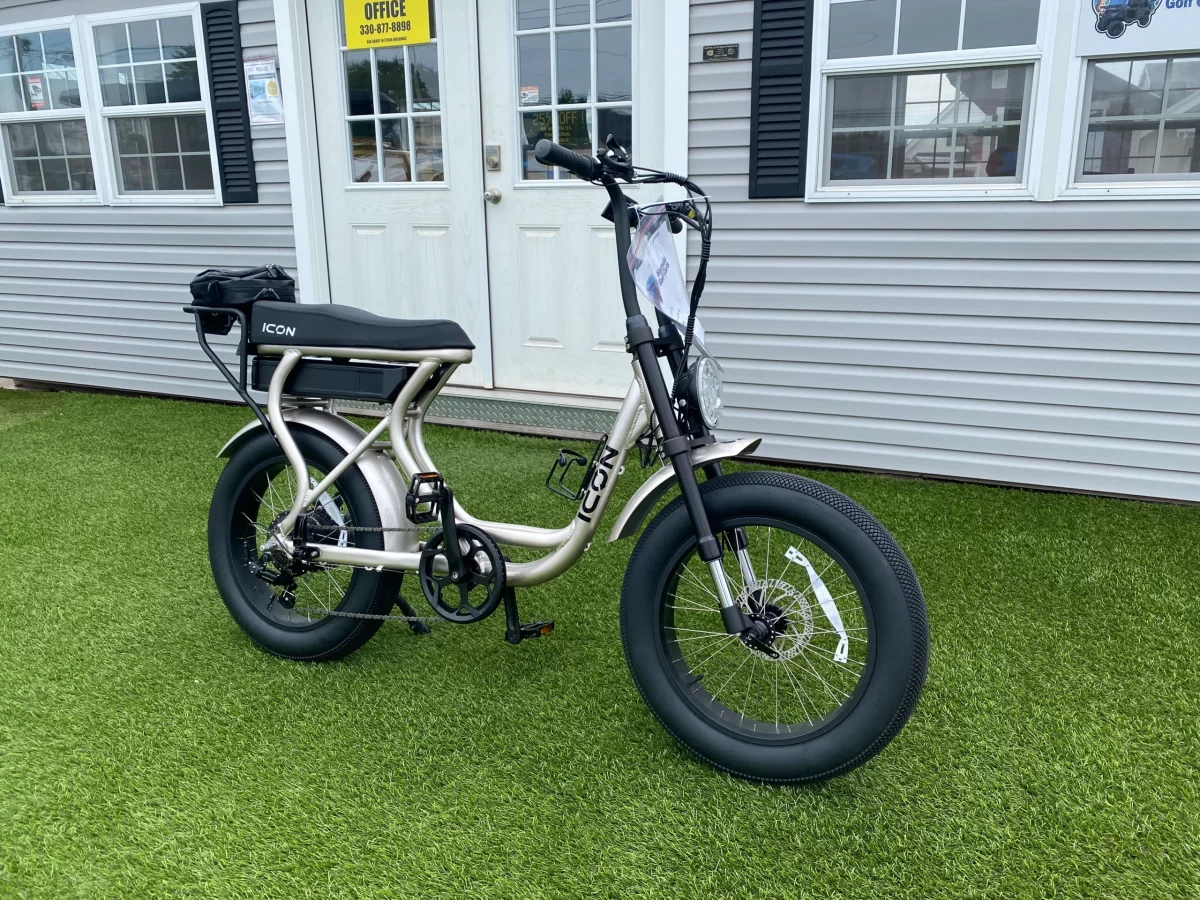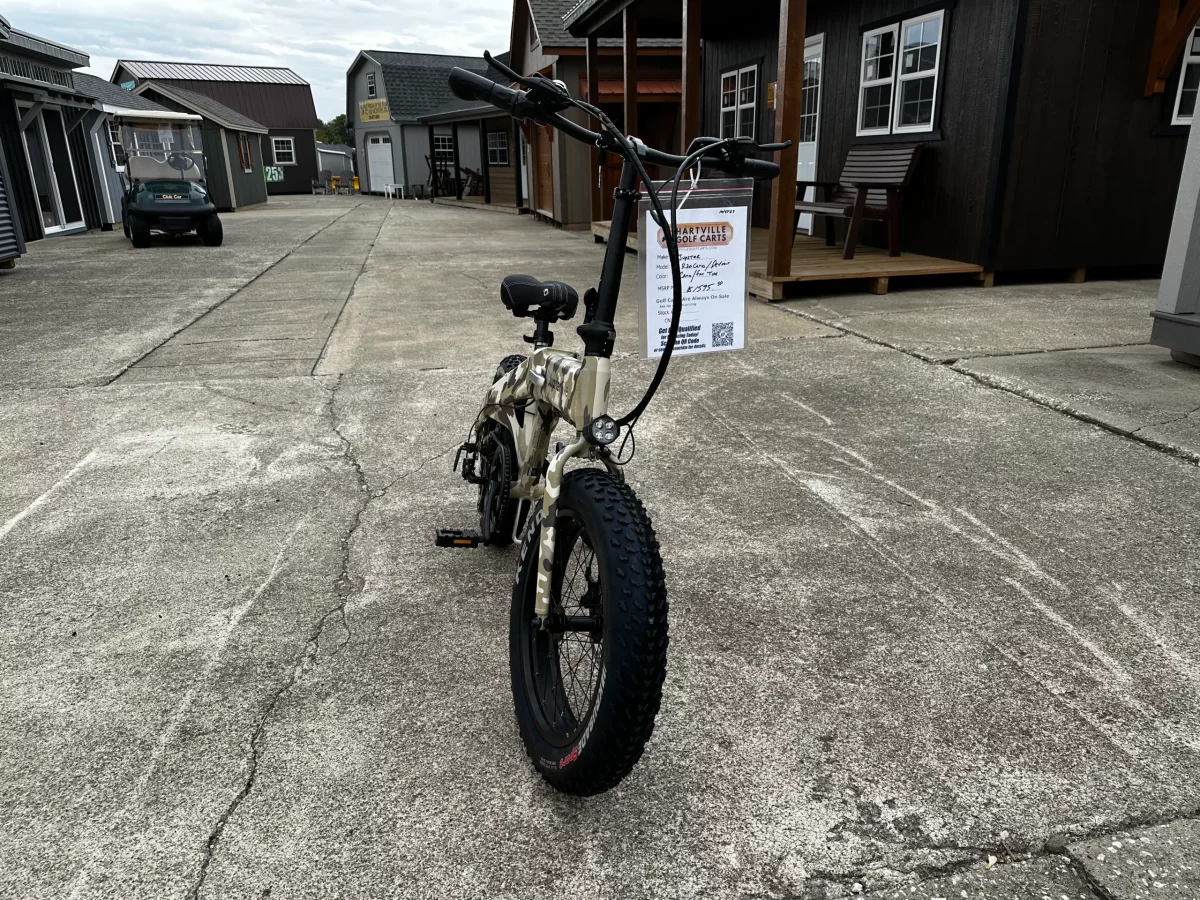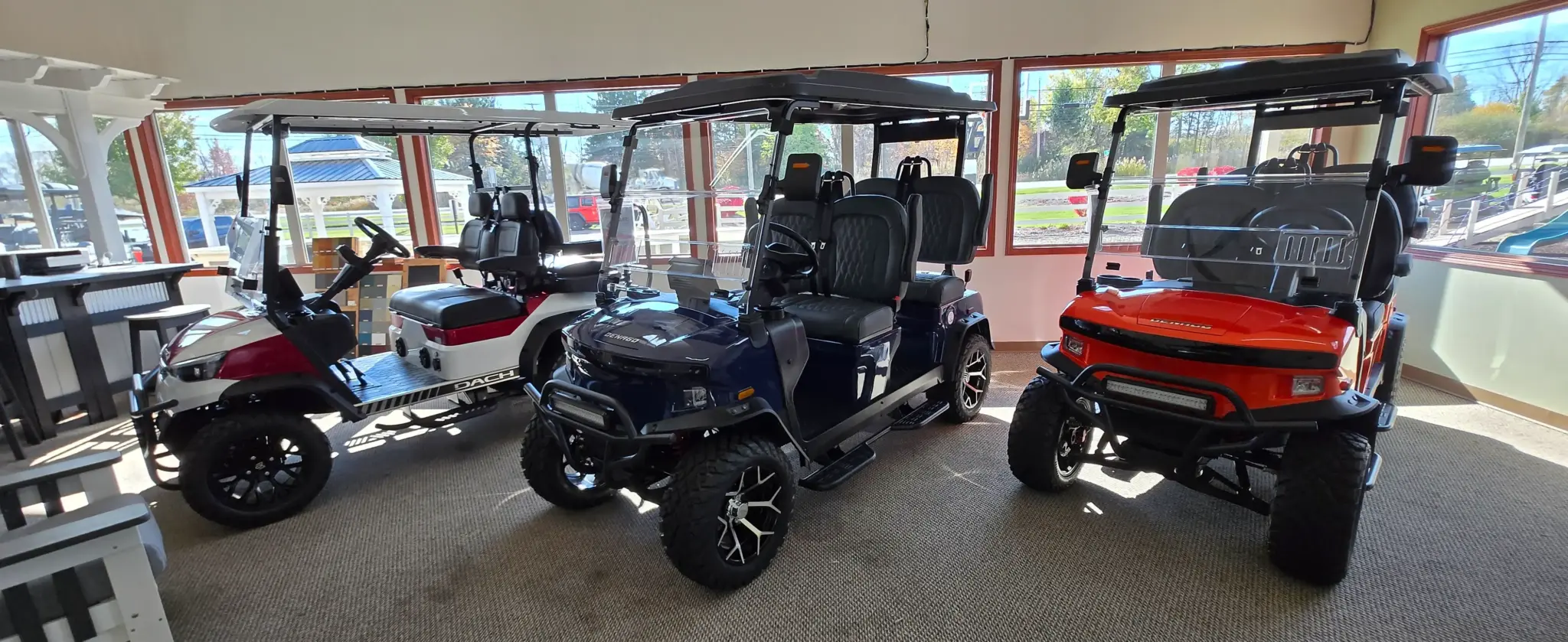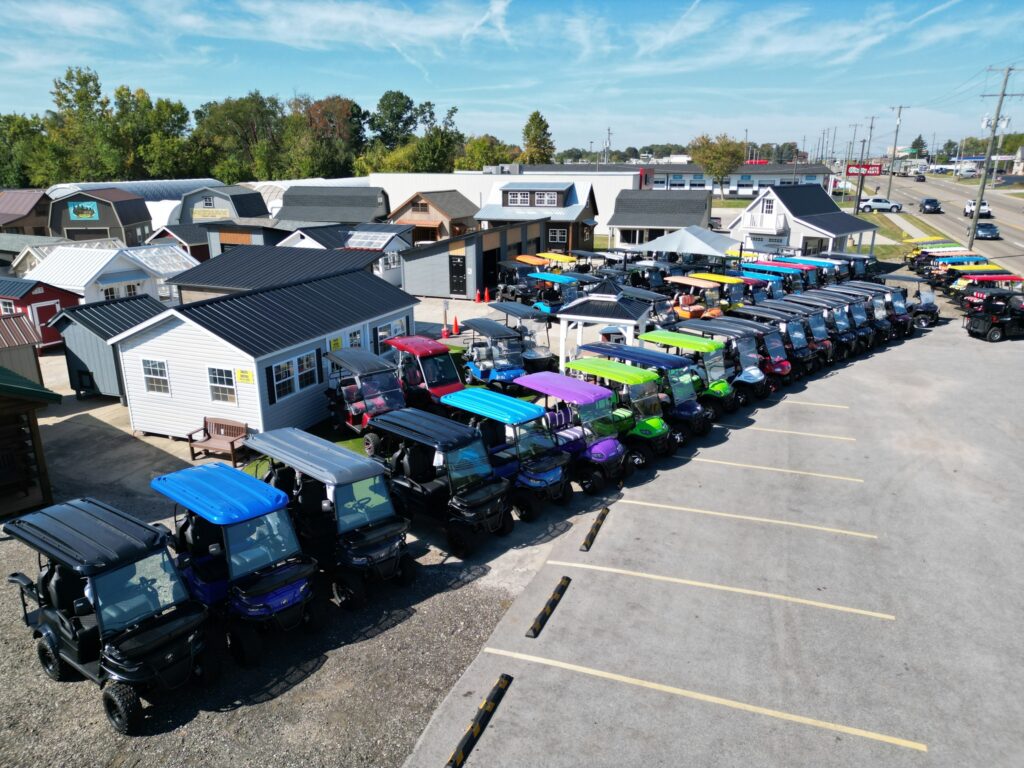Can Electric Vehicles Use HOV Lanes
The question of can electric vehicles use HOV lanes is becoming more common as more drivers make the switch to EVs. High-Occupancy Vehicle lanes—better known as carpool lanes—were originally designed to reduce traffic congestion and encourage ride-sharing. But with the rise of cleaner transportation, many states have adapted their HOV policies to also promote environmentally friendly driving. Whether you can legally drive your electric vehicle in an HOV lane depends on where you live and the type of vehicle you have.

What Are HOV Lanes?
HOV lanes are dedicated traffic lanes reserved for vehicles carrying a minimum number of passengers—usually two or more. They are marked with diamond-shaped symbols and often run along the left side of highways. The goal is to reduce the number of single-occupancy vehicles on the road, ease congestion, and cut emissions from idling traffic.
While HOV lanes were initially only for carpools, buses, and motorcycles, many states now allow certain low-emission and alternative-fuel vehicles to use them, even with just one driver. This is where electric vehicles come into the picture.
Federal Guidelines vs. State Control
Under federal law, states have the authority to decide whether EVs can access HOV lanes without meeting the usual occupancy requirements. The federal Energy Policy Act of 2005 encouraged states to create incentives for alternative-fuel vehicles, including single-occupant HOV lane access. However, the decision ultimately rests with each state’s Department of Transportation.
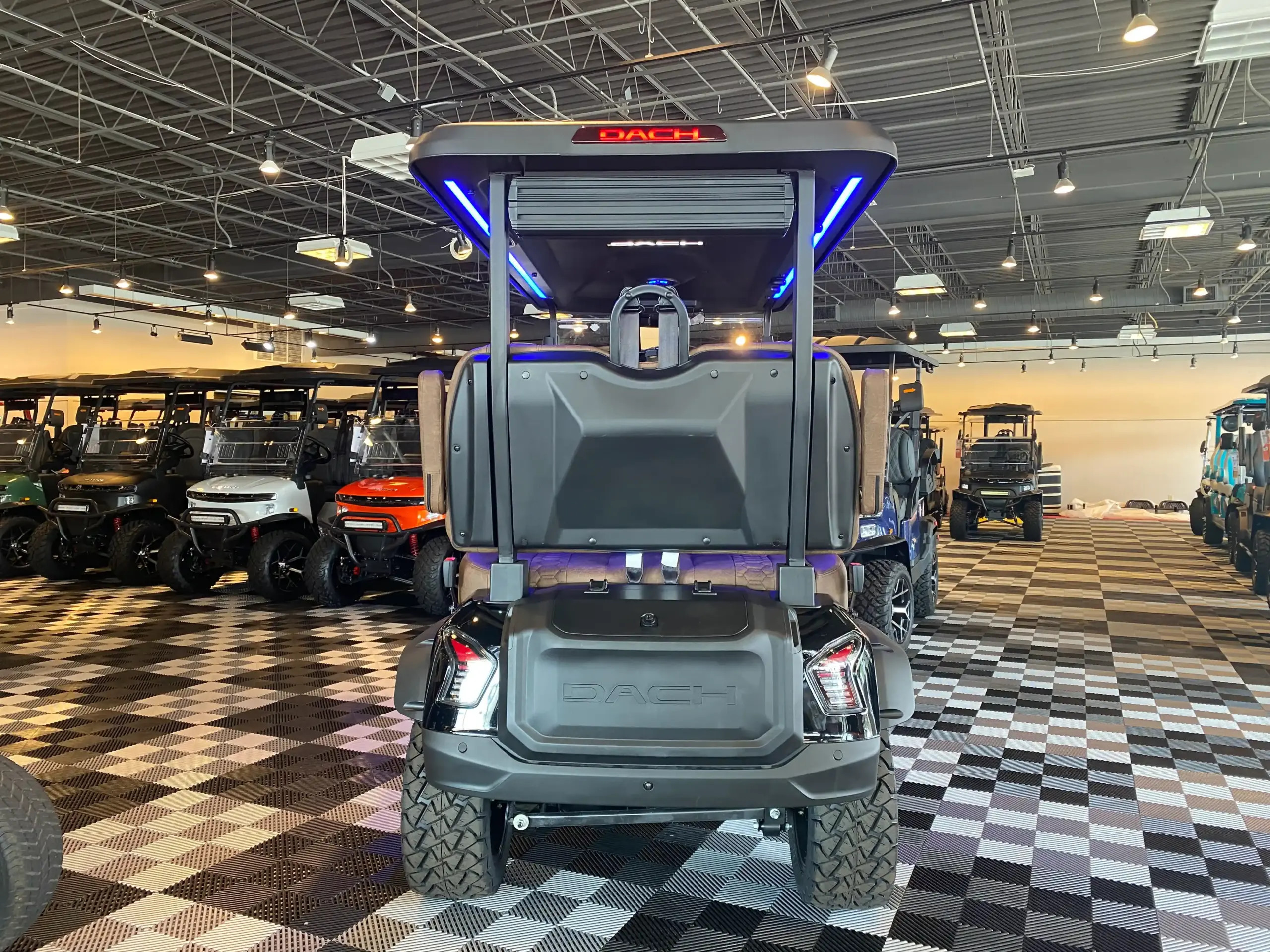
States That Allow EV HOV Access
Several states, including California, Arizona, Georgia, and Florida, permit qualifying electric vehicles to use HOV lanes with only the driver inside. In most cases, you must apply for a special decal or license plate to prove eligibility. For example, California issues Clean Air Vehicle decals to EV and plug-in hybrid owners, allowing them to bypass carpool restrictions during posted hours.
Not All EVs Qualify Automatically
It’s important to note that not every EV automatically gets access. Some states limit the program to certain models that meet strict emissions standards. Plug-in hybrids, for instance, may only qualify if they have a certain electric-only range. In rare cases, a state may pause new applications if HOV lanes become too congested.

Electric Golf Carts and HOV Lanes
What about electric golf carts? While they are an increasingly popular choice for short-distance travel in neighborhoods, gated communities, and some city streets, they are not designed for highway speeds. Because HOV lanes are on high-speed roads, golf carts—electric or otherwise—cannot legally operate in them. However, in certain low-speed road networks or municipal “green lanes” designed for alternative transportation, local governments may set aside designated lanes for electric carts, bicycles, and scooters. These are not officially HOV lanes but serve a similar purpose of reducing traditional car traffic.
Benefits of EV HOV Access
For EV drivers in states that allow it, using HOV lanes can save significant commuting time. Skipping stop-and-go traffic also improves efficiency, extending your vehicle’s range. On a larger scale, the incentive helps boost EV adoption, as faster commutes can be a strong selling point for potential buyers.
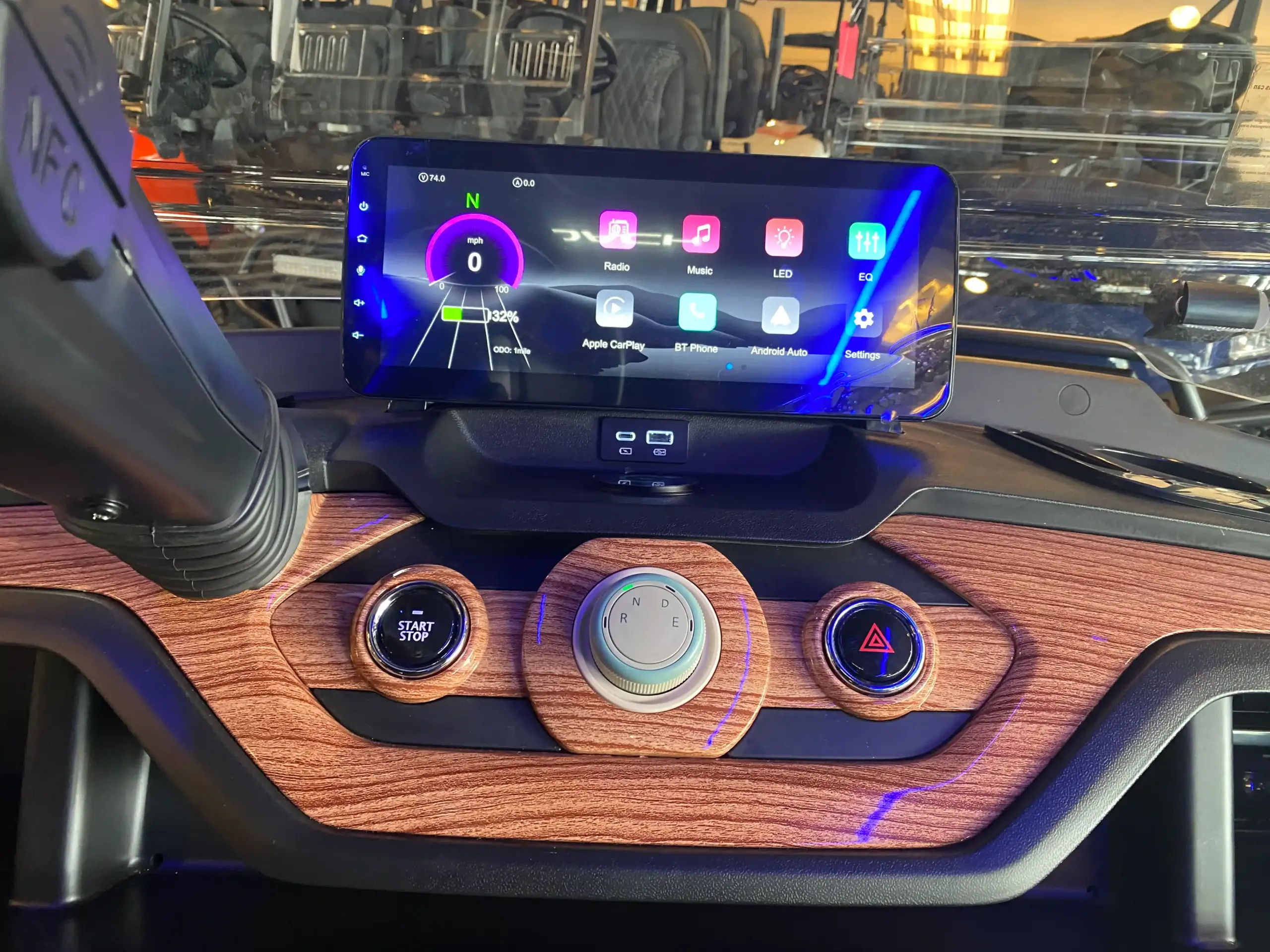
Requirements and Enforcement
In states with EV HOV programs, enforcement is typically done through visual checks of decals or plates. Some areas use cameras to catch violators, while others rely on highway patrol officers. Fines for unauthorized HOV lane use can be steep, often exceeding $200.
It’s also worth noting that simply driving an EV without the required sticker or plate can still result in a ticket, even if your car qualifies for the program. The display requirement ensures that enforcement officers can quickly verify eligibility.
Hybrids vs. Fully Electric Vehicles
Policies often treat hybrids differently from fully electric cars. Older non-plug-in hybrids like the original Toyota Prius may no longer qualify in some states, as the focus has shifted toward zero-emission vehicles. Plug-in hybrids still have a better chance, especially those with longer electric-only ranges, but rules vary widely.
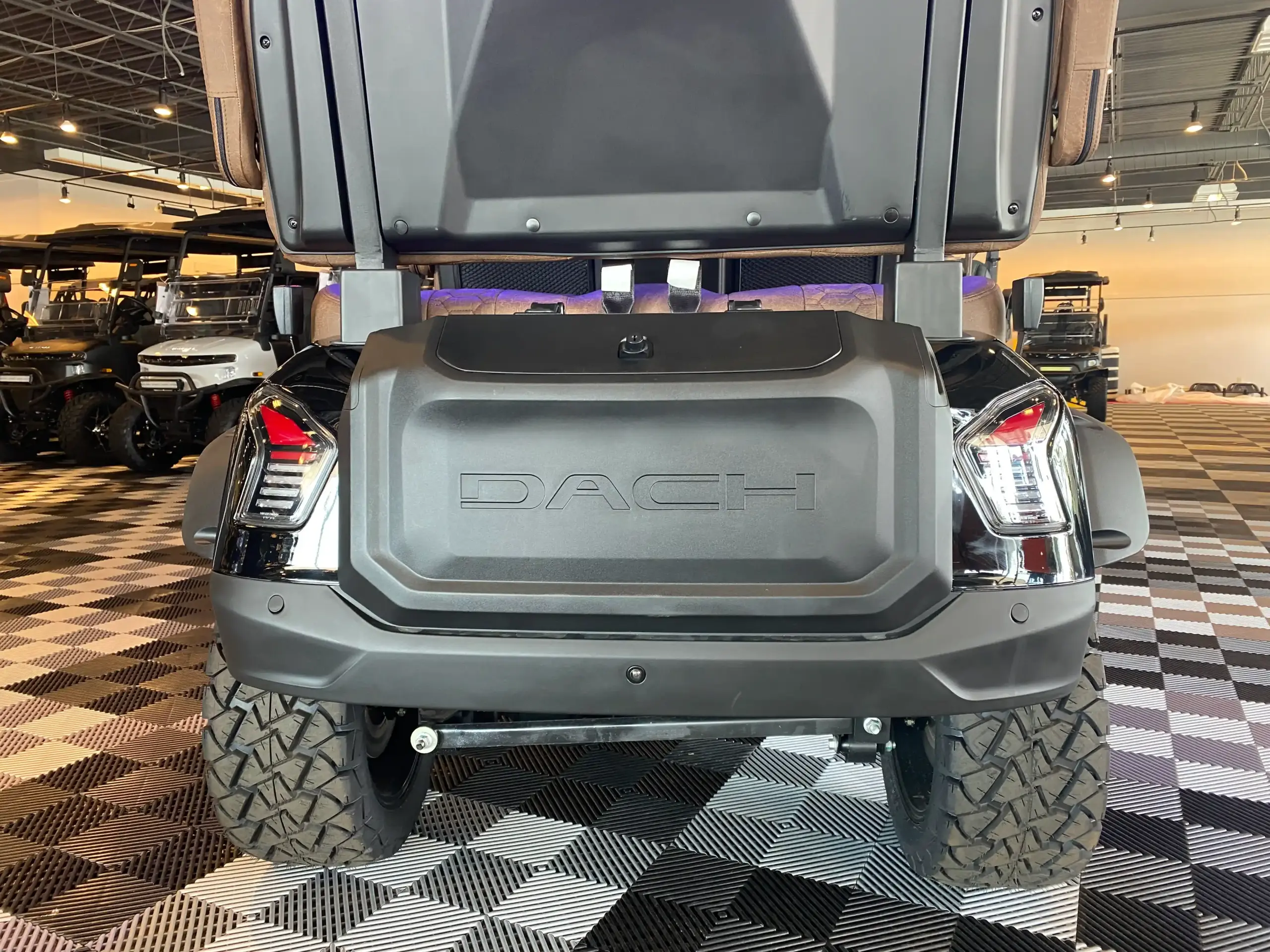
Impact on Traffic and Air Quality
Allowing EVs in HOV lanes supports the original environmental goals of the program by rewarding low- and zero-emission driving. However, some critics argue that too many single-occupancy EVs can slow down HOV lanes, reducing their effectiveness for carpools and buses. States sometimes review and adjust the number of permits issued to keep lanes moving efficiently.
Future of HOV Lane Policies for EVs
As electric vehicle adoption grows, HOV lane incentives may evolve. Some states could tighten access rules, while others may create entirely new “green lanes” for alternative transportation. Advances in autonomous driving and connected vehicle technology could also change how these lanes operate in the future.
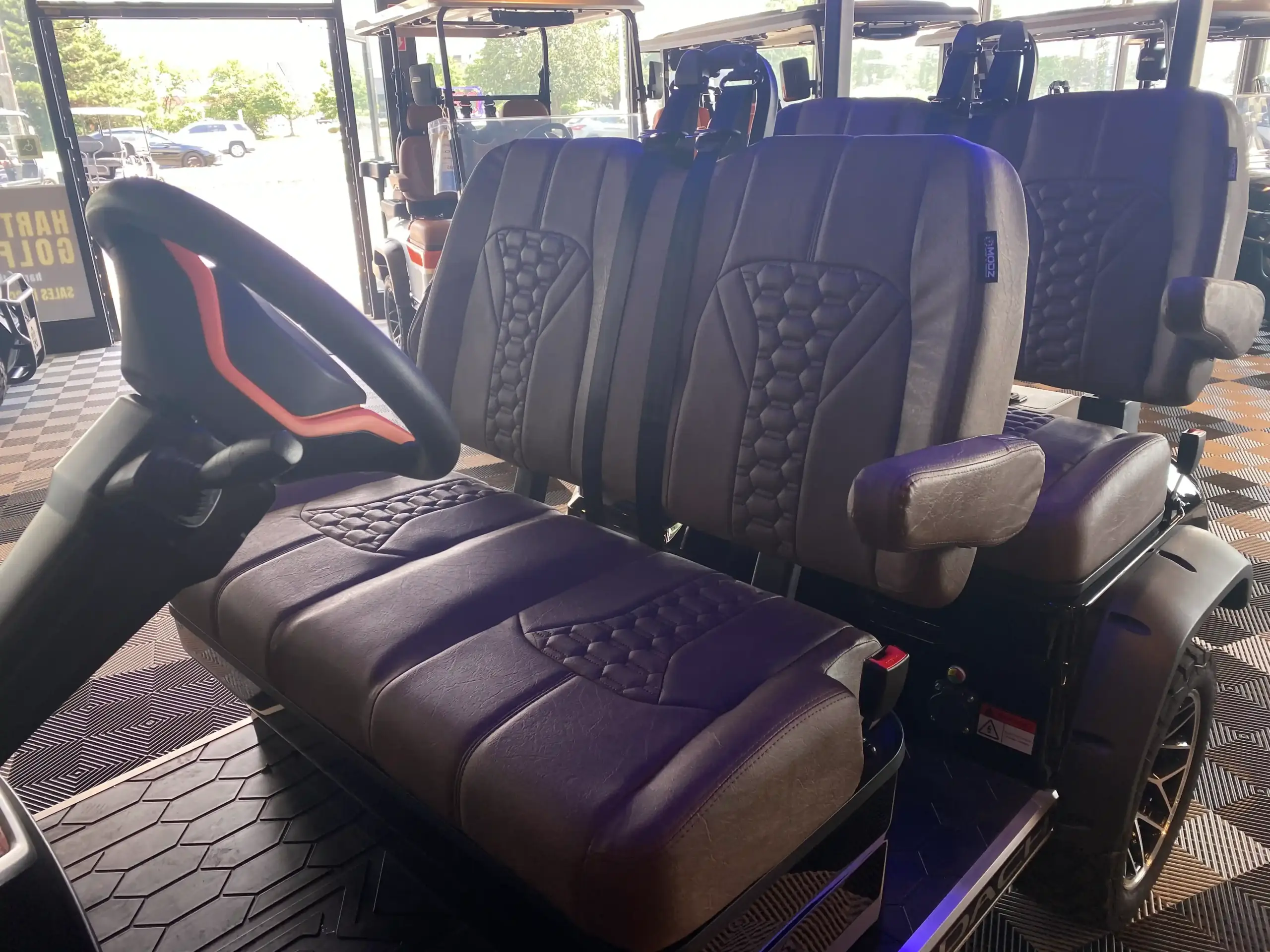
Tips for EV Owners
If you’re considering an electric vehicle and want to use HOV lanes, research your state’s rules before buying. Check eligibility lists, application requirements, and whether there are any program caps. For frequent highway commuters, the ability to legally drive in the HOV lane could be a major convenience.
Conclusion — Hartville Golf Carts’ Perspective
So, can electric vehicles use HOV lanes? In many states, yes—if you meet the requirements and display the proper decal or plate. While electric golf carts won’t be cruising down highway carpool lanes anytime soon, they remain a smart choice for low-speed, local travel that also supports cleaner air and reduced congestion. At Hartville Golf Carts, we believe in matching the right electric vehicle to the right environment—whether that’s a commuter EV enjoying the HOV lane or a street-legal electric golf cart navigating your neighborhood. For the most accurate and current rules, visit your state’s Department of Transportation, such as the U.S. DOT website for links to each state’s program.



